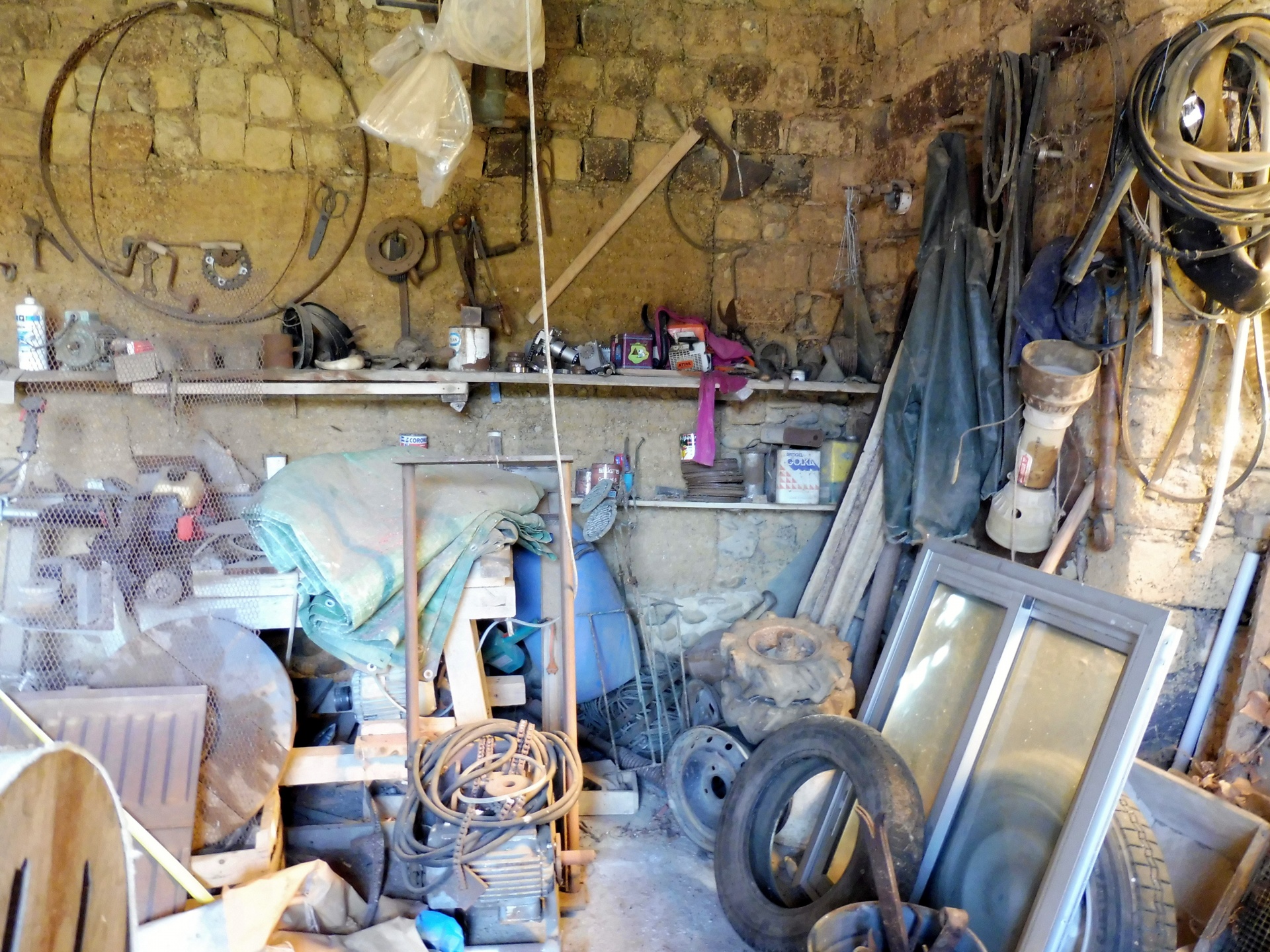Imagine living in a home that feels like an extension of the natural world around you. That’s the magic of Frank Lloyd Wright’s houses. As one of America’s most iconic architects, Wright revolutionized home design by blending innovative architecture with the environment.
You don’t just see a Frank Lloyd Wright house; you experience it. From the organic shapes to the use of natural materials, each home tells a unique story. Whether you’re an architecture enthusiast or just curious about beautiful living spaces, exploring Wright’s creations offers a glimpse into a harmonious way of life.
The Architectural Significance of Frank Lloyd Wright Houses
Frank Lloyd Wright houses revolutionized home design. They represent a blend of innovation and nature.

Pioneering the Prairie Style
Wright pioneered the Prairie Style. He used horizontal lines, flat roofs, and open floor plans in his designs. These elements created a sense of spaciousness. Wright’s Robie House in Chicago is a prime example.
Emphasis on Organic Architecture
Wright emphasized organic architecture. He used natural materials like wood and stone. His designs aimed to harmonize with their surroundings. Fallingwater in Pennsylvania showcases this approach. The house appears to grow out of its natural landscape.
Iconic Frank Lloyd Wright Houses
Wright’s houses redefined residential architecture. His designs blend seamlessly with their surroundings.
Fallingwater: Integration with Nature
Fallingwater is in Pennsylvania. It’s a prime example of organic architecture. The house is built over a waterfall, using natural stone. Its design integrates with the environment, creating a unique living experience.
The Robie House: Defining the Prairie Style
The Robie House is in Chicago. It epitomizes the Prairie Style. Horizontal lines and wide eaves dominate its design. Open floor plans create spacious interiors, enhancing the home’s flow and functionality.
Taliesin West: A Desert Masterpiece
Taliesin West is in Arizona. Wright used local materials like redwood and sandstone. The design mirrors the desert’s landscape. The home’s layout incorporates natural light, making it a desert masterpiece.
Design Elements Common in Frank Lloyd Wright Houses
Frank Lloyd Wright houses feature distinct design elements. They blend aesthetic appeal with functionality.
Use of Natural Materials
Wright’s houses utilize natural materials. Stone, wood, and brick dominate. These elements harmonize homes with their surroundings. For example, Fallingwater incorporates native stone.
Open Floor Plans and Large Windows
Wright emphasized open floor plans. Spaces flow seamlessly. Large windows enhance natural light. You observe this in both Robie House and Taliesin West, creating a seamless connection with nature.
The Preservation and Challenges
Maintaining Frank Lloyd Wright houses involves dedicated efforts and overcoming modern challenges. Both restoration and preservation are paramount to retaining their historical and architectural integrity.
Restoration Efforts
Restoration initiatives require attention to detail and respect for original designs. Experts often use period-specific materials, like original stone and wood. It’s crucial to follow Wright’s exact architectural plans. Engaging a team familiar with Wright’s work ensures authenticity. Local craftsmen can provide the needed expertise. Government grants sometimes support large restoration projects.
Modern Challenges in Preservation
« Top 10 Best Dog Treats for Small Breeds: Keep Your Pup Happy and Healthy Today
Which Wall Should Be an Accent Wall? Expert Tips to Transform Every Room »
Preserving these houses poses unique difficulties due to their age and design intricacies. Environmental wear impacts materials like wood and stone. Upgrading to modern building codes challenges the preservation of original elements. Integrating contemporary amenities while keeping the design intact is complex. Additionally, funding is often limited and ongoing maintenance can be costly.
Conclusion
Frank Lloyd Wright’s houses aren’t just buildings; they’re masterpieces that connect us to nature and history. By preserving these treasures, you help keep Wright’s vision alive for future generations. It’s a challenging task, but the rewards are immense. So, whether you’re a homeowner, an architect, or just an admirer, your efforts and appreciation make a world of difference. Let’s continue to celebrate and protect these iconic structures, ensuring they remain a testament to Wright’s genius and our shared cultural heritage.









